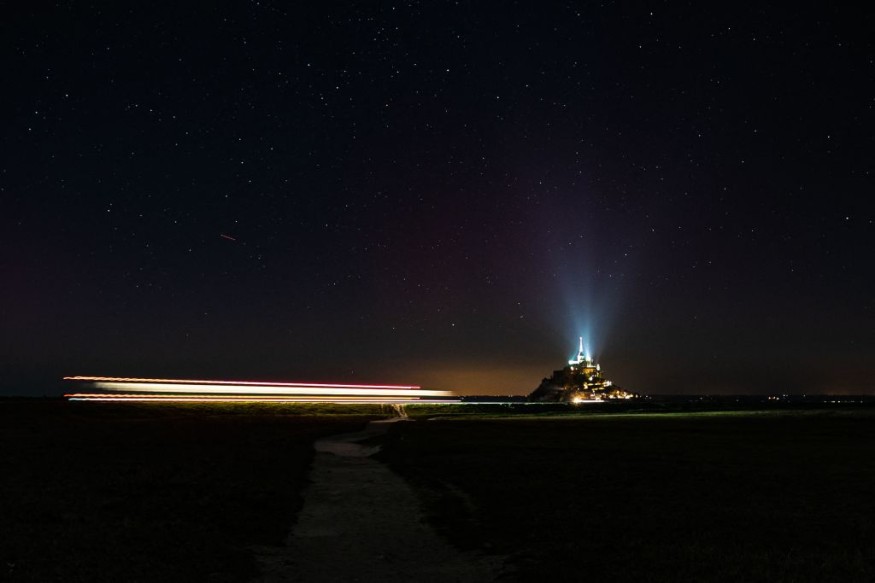
On December 1 and 2, a series of three geomagnetic storms from last week produced aurora displays in the northern hemisphere's furthest southerly latitudes in 20 years.
Aurora Across The World
Hokkaido has seen the sight of a red aurora, which is apparent to the unaided eye.
Around 8:20 p.m., the aurora was first visible from an observatory in the Hokkaido town of Rikubetsu. Friday, then the red lights of the aurora.
Officials at the observatory claim that this is the first time since October 2003 when the brilliance of a low-latitude aurora has been verified there.
"I didn't think I could see the red lights so clearly with the naked eye," said Takuya Murata, 51, a staff member of the observatory. "It's very moving."
The Northern and Southern Lights, or auroras, are two of the planet's most fascinating natural phenomena.
The night skies close to the poles are illuminated by these brilliant displays of color, providing an amazing spectacle. Interactions between charged particles from the sun and Earth's atmosphere cause the phenomenon.
The Arctic and Antarctic Circles are the general oval-shaped regions in which auroras typically appear. Nevertheless, they approach the equator in times of high solar activity, as they are at the moment.
In addition to the Northern Lights (aurora borealis), which were visible as far south as the Midwest states of the United States, Scotland, Wales, and Japan, the Southern Lights (aurora australis) were observed in southern Australia, Tasmania, and New Zealand.
The areas surrounding the Arctic Circle, including Alaska, northern Canada, Iceland, Norway, Sweden, and Finland, were still the sites of the most powerful displays.
Coronal Mass Ejections
Following three distinct coronal mass ejections (CME) on the sun generated by a solar flare, solar physicists anticipated large-scale displays were imminent.
A CME is the sun's outpouring of charged particles and magnetic fields that can reach speeds of up to 1,900 miles per second (3,000 kilometers per second).
Though CMEs take several days to travel to Earth from the sun as solar winds, the charged particles accelerate down the field lines of Earth's magnetic field when they arrive, exciting oxygen and nitrogen to cause green and red.
All three CMEs occurred in the "Earth strike zone" and saw streams of charged particles head toward Earth in a rare "halo CME."
A geomagnetic storm is the outcome, and the stronger the solar wind, the stronger the displays will be and the further south they will occur.
The sun's coronal holes, which are dark, low-density plasma-filled areas in the corona, or hotter outer atmosphere of the sun, are the source of the solar wind, a stream of protons, electrons, and helium nuclei known as "space weather."
As Solar Cycle 25 draws to a close, it is showing itself to be far more powerful than the previous one. Around eleven years pass throughout a solar cycle.
A new prediction for the current solar cycle, termed the solar maximum, was recently released by the SWPC. It indicates when the sun will be at its most active, which is expected to happen between January and October of 2024.
© 2025 NatureWorldNews.com All rights reserved. Do not reproduce without permission.





